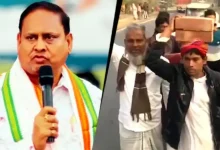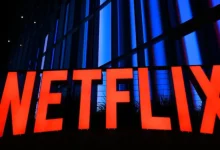Delhi-NCR Activates GRAP Stage II Measures as Air Pollution Spikes Before Diwali Festival

As Diwali celebrations loom, the air in India’s capital region has thickened with hazardous pollutants, prompting swift action from authorities to safeguard public health.
In response to deteriorating atmospheric conditions, the Commission for Air Quality Management (CAQM) activated the second phase of the Graded Response Action Plan (GRAP) on Sunday across Delhi and its neighboring National Capital Region (NCR) districts. This step follows a sharp decline in the Air Quality Index (AQI), which hit 302—classified as “Very Poor”—by 7 p.m., according to monitoring data.
The CAQM’s notification highlighted an upward trajectory in pollution metrics, with the AQI registering 296 at 4 p.m. before worsening further. Forecasts from the India Meteorological Department (IMD) and the Indian Institute of Tropical Meteorology (IITM) anticipate continued degradation in the days ahead, underscoring the urgency of these interventions.
Central Pollution Control Board (CPCB) records confirmed the concerning trends, placing Delhi’s overall AQI in the “Poor” bracket at 4 p.m. Among the city’s 38 observation stations, 12 logged readings in the “Very Poor” zone. The most severe levels were observed at Anand Vihar, where the AQI soared to 430, trailed by Wazirpur at 364, Vivek Vihar at 351, Dwarka at 335, and RK Puram at 323. Additional hotspots included Siri Fort, Dilshad Garden, and Jahangirpuri at 318 each; Punjabi Bagh at 313; Nehru Nagar at 310; Ashok Vihar at 305; and Bawana at 304.
ALSO READ : Delhi’s Kartavya Path Dazzles With 1.51 Lakh Diyas and Ramayana Drone Show for Deepotsav | WATCH VIDEO
This escalation builds on the initial GRAP Stage I restrictions, which took effect on October 14 for the season. The CAQM, established as a statutory authority to tackle wintertime smog, now layers on enhanced protocols under Stage II to curb emissions from multiple sources.
Key actions include daily mechanical road sweeping and water sprinkling on high-traffic thoroughfares to suppress dust. Strict dust mitigation protocols will apply at all construction and demolition sites, while the operation of diesel generator sets—except in emergencies—will face tighter curbs. Public awareness campaigns via news media will promote reduced polluting practices, such as limiting outdoor waste burning and idling engines.
To ease vehicular congestion, traffic enforcers will be stationed at bottlenecks, and parking fees at municipal facilities will rise to deter private car usage. Complementing this, transport authorities plan to bolster public options by deploying extra CNG and electric buses, extending Metro service hours, and ramping up frequencies—all aimed at shifting commuters away from personal vehicles.
These combined efforts from GRAP Stages I and II represent a comprehensive shield against the seasonal smog that routinely engulfs the region, blending enforcement with incentives for cleaner mobility. As festivities approach, residents are urged to prioritize eco-friendly traditions to aid these vital safeguards.




